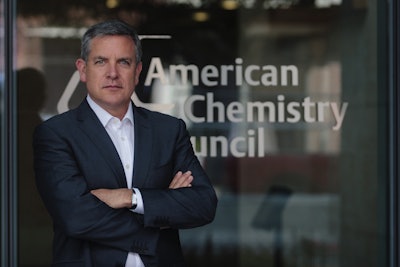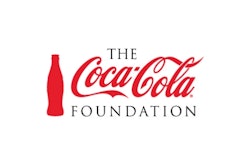
On May 17, the American Chemistry Council released the following statement in response to National Geographic’s June 2018 issue discussing the global challenges of dealing with ocean waste:
“Marine litter is a serious global problem, and we appreciate National Geographic’s thoughtful and compelling coverage. Plastic producers agree with the magazine, its readers, and millions of concerned people around the world: Plastics don’t belong on our sidewalks, in our rivers, or in our oceans.
“We and our members are working with governments, NGOs, and our industry peers to deliver sustainable solutions. Through our ‘Global Declaration,’ 75 plastics associations from 40 countries have launched 355 projects that address education, research, public policy, sharing best practices, plastics recycling/recovery, and plastic pellet containment.
“We know there’s more to be done. Last week, America’s plastic resin makers announced an ambitious goal: to recycle or recover all plastic packaging in the United States by 2040.
Achieving a more circular economy for plastics will enable society to continue to harness plastics’ essential benefits, like enhancing the safety and sanitary packaging of food and personal care products, while helping to protect and restore the environment for future generations.”
Packaging World:
What efforts are ACC and its members taking to address ocean waste?
Steve Russell:
We all want clean oceans and we work on solutions with environmental stakeholders and our partners in the value chain. That includes efforts in the Ocean Conservancy and its 2012 launch of the Trash Free Seas Alliance, whose members focus on making continual progress toward eliminating ocean trash. This involves the integration of collection, sortation, and treatment [of the materials] as a system in an economically viable way. We are also developing financial models and working with private-equity firms, development banks, and others to source a mix of risk-tolerant and intolerant capital for the project.
While we look to improve efforts to reduce marine waste here in the U.S., are there other areas around the world that need to be considered in terms of contributing to this problem?
We are looking to identify where the primary sources of inputs into ocean waste exist, and much of this is coming from regions in Southeast Asia, with rapidly growing economies where more and more people have access to consumer goods. We’re looking into the gap between increasing consumption, where people are coming out of poverty, and the ability to capture, recover, and/or recycle waste. Our perspective is to try to turn off the tap by preventing plastics from reaching the ocean in the first place. Once waste gets into the middle of the ocean, the elements tend to break down the plastics, much of which become confetti-like pieces that are difficult to collect. Another primary source of waste is in densely populated areas around rivers that feed the world’s oceans. Many of these are in Asia and Africa, including countries such as Indonesia, the Philippines, and many others, all of which have expressed interest in working to reduce ocean waste. They are working with their local governments to do just that.
Lightweighting of plastic packaging materials and recycling have long been touted as ways to achieve sustainability benefits, but a bottle of plastic in the ocean is a bottle of plastic in the ocean regardless of its weight. And recycling isn’t as effective as it could be, correct?
There is also an important role here for packaging makers and for CPG companies to focus on designing more recyclable packaging. There’s a need to work with partners both up and down the entire supply chain. We recognize there are practical limits to mechanical recycling for some plastic packaging. Our members are focusing on plastic packaging materials that can be recycled and still deliver greater performance attributes. Packaging makers should be congratulated for developing more resource-efficient materials, next-generation packaging that uses less material and can be recovered for recycling or for energy recovery. We need to seek packaging that can be part of a solution after its initial use.

























